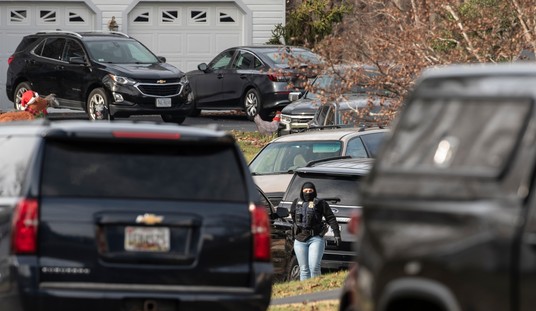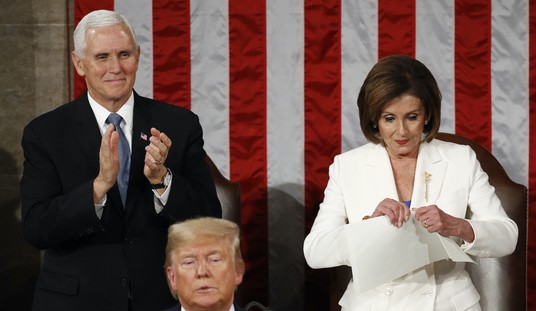
Minnesota Democratic-Farmer-Labor Party activist Manilan Houle, of Minneapolis, is the first person waiting in line outside a polling station in downtown Minneapolis on Friday, Sept. 21, 2018, on the first day of early voting in Minnesota in the 2018 midterm elections. Minnesota law allowed in-person voting to begin Friday — a full 46 days early — making it the first battleground state to begin casting actual votes in the broader fight for control of Congress. (AP Photo/Steve Karnowski)
The first midterm elections are usually considered a referendum on the President of the United States, and the 2018 midterms, which reach their climax tomorrow, are no exception.
Every media report is focusing on the Democrats’ strength coming into Tuesday. The polling is in their favor, the momentum is with them. According to RealClearPolitics, there are currently 43 toss-up seats, 16 that are only leaning Republican and only 13 leaning Democrat.
So, if Democrats were to run the board on toss-ups AND pick up all the Lean R seats, they win 59 seats, and have a 260-175 majority in the House, bringing them to a slightly greater majority than they had as of 2008.
The problem? In 2010, they lost 64 seats in the House, as well as six seats in the Senate. As it stands now, the Republicans could keep their majority in the Senate and very likely make gains. That means that there is really no greater referendum on Trump in 2018 than there was on Obama in 2010.
And that’s if they run the board, which they likely won’t. There are several toss-ups that look like they’ll swing Republican. If the two sides break even, that means the Republicans withstood the midterm swing way better than the Democrats did eight years ago.
That is important data, and it means something.
Does that mean it isn’t a referendum? No, of course not. While his administration’s key victories – tax reform, the Supreme Court, de-regulation – have been impressive to those looking for more conservative victories in Washington, they aren’t particularly his so much as Congress’s. Trump’s attitude and behavior are the primary force behind the swing toward a Democratic House.
You will see more moderate voters stay at home, even as you have record numbers of supercharged partisans going out to register and vote early. Right now, the Democrats appear to have the edge there.
But the Republicans, by and large, aren’t going to suffer the same “shellacking” the Democrats took in 2010. At best, they break roughly even with the federal gains, but the state-level gains aren’t going to be close to what they were.
The rebuke is on Washington, and in particular Donald Trump. But that doesn’t mean the Republican Party is going to see some epic wipeout. Looking at it right now, they may fare better than the last President’s party did.













Join the conversation as a VIP Member